A Step Beyond Wrapping Products

For all its ubiquity and diversity, product packaging doesn't get the attention it deserves. What attention it does get is usually negative, and for good reason, as plastic packaging is choking the world's waterways and wreaking havoc on delicate ecosystems. However, there are important developments underway in the world of packaging, and we talk to industry thought leader Dr. Claire Sand to discover what is on the horizon for the humble product package.
Even after three decades in the industry, academic and consultant Dr. Claire Sand is clearly excited about the future of packaging. "Materials is a really fun area to be in right now, precisely because there is so much going on. In terms of the value chain, supply chain problems caused by numerous crises and the COVID-19 pandemic are forcing companies to adopt contingency materials to cater for shortfalls and supply problems. These external stimuli are helping the industry to change and speeding up the adoption of higher performance packaging."
Sand points to a one-third increase in polymer prices in 2021, "Which prompted companies to save money on production costs by increasing filler material, such as starch, enabling them to reduce the amount of polymers needed to make PET bottles. I think economics is driving the increased use of alternative and sustainable technologies very rapidly." However, economic incentives have limits, and Sand does not shy away from the problems packaging is creating, something especially obvious in food packaging.
"Nearly one-third of all food produced ends up in the waste system. What makes it worse, the vast majority of it is thrown away at the end of the supply chain after all the value-processing, packaging, and distribution has been added." She is also quick to note that reducing this waste and increasing the amount of recycled and recyclable packaging is difficult precisely because the food system is set up to produce 30% more food than is being consumed. Sand elaborates on the dynamics behind this situation: "If you are a farmer, and you find out you will lose 30% of your income, you are not going to be happy about that. Brands have done a great job in reducing waste in the production side of the equation because it directly comes out of their bottom line. But when it comes to reducing wastage in the hands of the consumer, incentives are just not as strong because they directly affect the production value chain. Although, recent food price increases should encourage consumers to make the switch to packaging that is proven to extend the shelf life of the food."
"Given this economic disincentive within the food system, it will take a cultural change in society to increase recycling rates. We need people to expect better packaging, and demand fewer points of friction when they try to recycle," said Sand. "However, the packaging industry also needs to step up to make packaging more sustainable, more effective at its job, and easier to recycle. There needs to be a systems-level change to make this happen, and the industry needs to be better at doing its job of protecting and tracking the products we use."
Smart packaging is active and intelligent
Enter "smart packaging", an amalgam of technologies that together promise to create packaging that better caters to the needs of consumers while also reducing its negative effect on the environment. Active and intelligent packaging are two forms of smart packaging.
Active packaging employs technology that intentionally releases into or absorbs compounds from the food or the headspace of food packaging. These actions extend the shelf life of products by stalling the degradative reactions of lipid oxidation, microbial growth, and moisture loss. "As active packaging becomes more mainstream, even more innovation and application will become possible as the technology is increasingly refined to protect brand integrity and extend food shelf life. Active packaging technology is on the cusp of enabling personalisation of food just before eating, and increasing manufacturing agility. Also, we are starting to see packaging that deliver nutrients, flavours, odours, textures, and colours in response to environmental conditions, time, or consumer interaction."
"On the other hand, intelligent packaging communicates to consumers and others throughout the value chain, from food manufacturers, distributors, retailers, consumers, to postconsumer package handlers. Freshness indicators are used in some intelligent packages to communicate the shelf life of products within the value chain – for example from blueberry farms to grocery distribution centres. However, because so much food waste occurs after the purchase of food products, it is essential to ensure that freshness indicators can also communicate to consumers. The use of freshness indicators that indicate shelf life after opening and current freshness can be expanded to decrease food waste and increase the value of packaging."
"It is now possible to do so much with packaging, including all the active and intelligent options, but the next level could be to also use packaging as a communications device to the consumer to tell them how to recycle the package, and how they could possibly benefit from doing this correctly. It is possible to even track all aspects of the recycling and make it into a competition amongst friends and neighbours to improve the recycling rates."
Sand is optimistic that technology will soon push communicative packaging to the next level. "We have been able to print RFID tags, etc. for a long time, but the real game-changer in this area is being able to print packaging that includes a thin-film battery, essentially they are printing a battery on paper. This research is now advancing rapidly and is attracting a lot of interest within the packaging industry."
The future is integrated packaging
For Sand, integration is the most exciting thing happening in packaging right now. "We are really good at active packaging, and have been using it for a long time and there are lots of great innovations. With intelligent packaging, we are communicating things like temperature, what temperatures a product has been exposed to, and how this is related to potential dangers from microbes. Linking the two together presents tremendous opportunities for the future."
This integration of packaging is starting to be referred to as the Internet of Packaging (IoP). "It holds incredible opportunities, primary of which is a fully integrated value chain. When we have this, not only can we record specifics such as location and harvesting details, but also the nutritional breakdown of the contents of that individual container. Moreover, it is all trackable and traceable. I believe the potential for IoP is profound because it connects all this data to help create a more sustainable packaging system for the entire value chain."
While much of the technology is already here, Sand notes "It is the actual adoption of more sustainable materials, technologies, and especially consumer action that need to be better addressed." She goes further to identify the largest stumbling block, "The number one thing is waste collection. It may sound strange, but it is true. There are amazing technologies and material science out there, great recycling facilities, and RFID technologies incorporated into the packaging, but it is for nought if we don't collect it. If recyclable material can't be collected, the value chain breaks down."
Designing for recycling is key
"We need to make consumers responsible for what they buy, not just the product, but also the packaging, and this responsibility is not being effectively communicated. One of the big trends we need to understand is "recycle ready", designing packaging to make it incredibly obvious to consumers how a package can be pulled apart and made ready for recycling. Brands are finally doing this, but the ultimate responsibility lies with the consumer, which is a fundamental area requiring action." She continues, "Collecting waste isn't sexy, but it is so important, and we need creativity in solving these problems."
Sand has a suggestion for designers, "It is critical that packaging designers are designing for recycling right from the very start. To do this successfully, it needs to be made so obvious to the consumer what action to take. In addition, it needs to be done for different types of consumers and economic brackets, and it requires consumer testing to work out what is really intuitive." She notes that health and beauty aids provide good examples of adaptation, and these once complicated high-end packaging products are now much easier to break down. Sadly, most other products have a long way to catch up.
Others
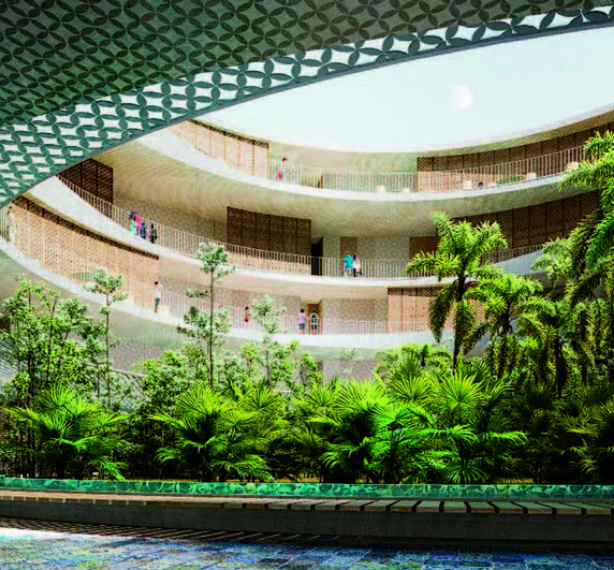
Latest News | 1 January 2023
Mario Cucinella on Green Architecture

Latest News | 1 January 2023
The Future of Urbanism
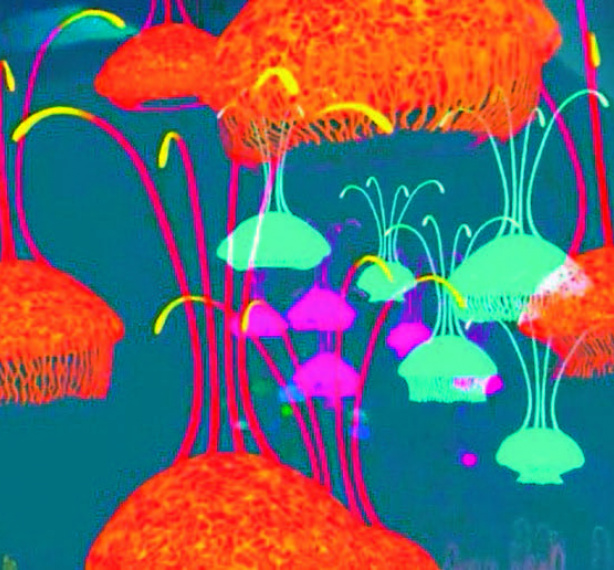
Latest News | 1 January 2023
VR for Pain Management

Latest News | 1 January 2023
Beyond Design

Latest News | 1 January 2023
A Feel for the Future of Bioengineering
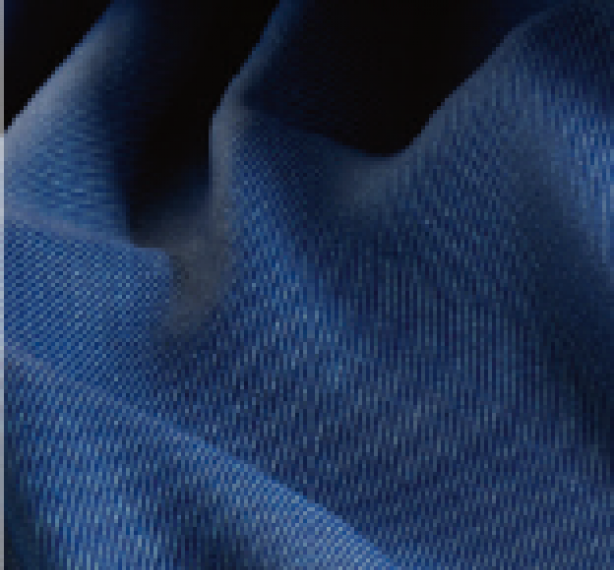
Latest News | 1 January 2023
Sampling the Future of Fashion
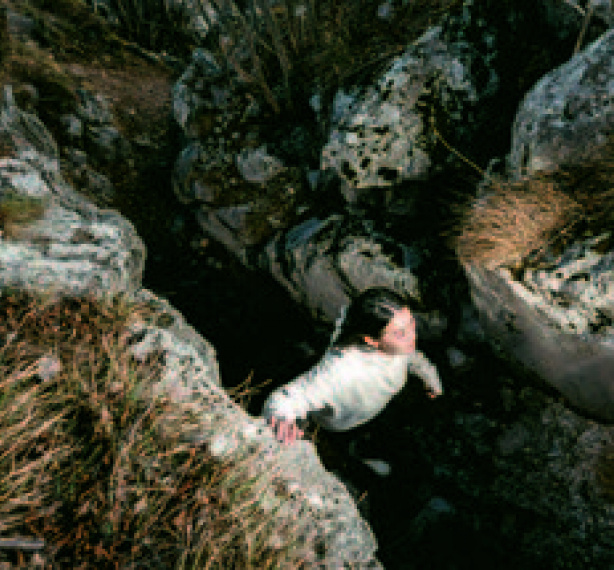
Latest News | 1 January 2023
Spider-Inspired Eco-Fabric
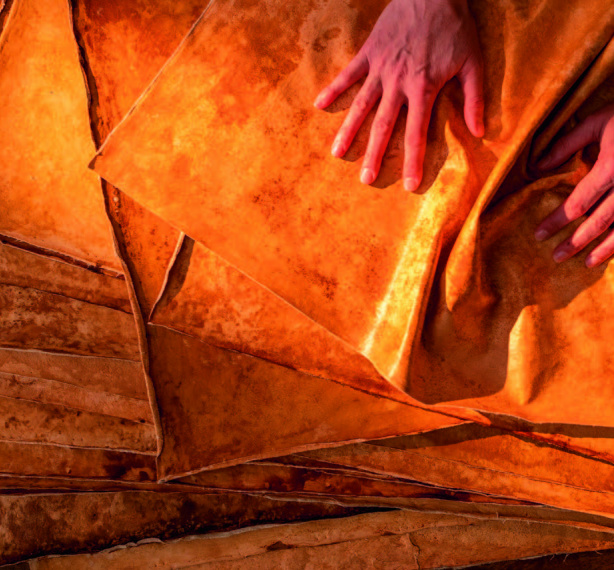
Latest News | 1 January 2023
Fungi Stakes a Claim in the Luxury Market
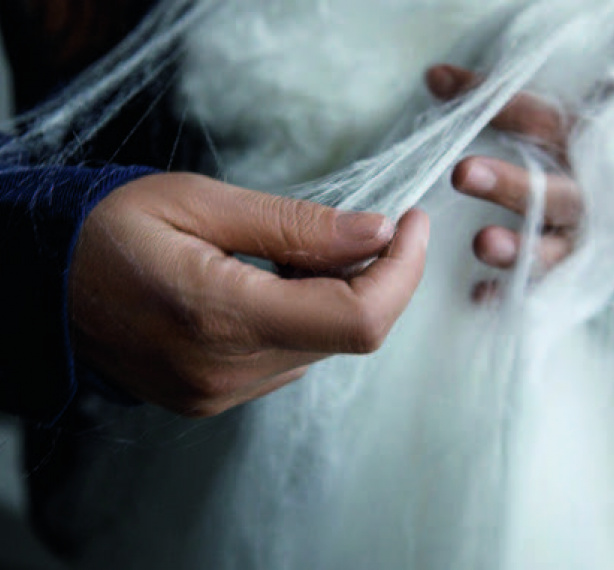
Latest News | 1 January 2023
Rethinking the Everyday: Material Non Material

Latest News | 1 January 2023
Why Digital Materials are Critical to the Future of Fashion

Latest News | 1 January 2023
The True Metaverse will be Decentralized

Latest News | 1 January 2023
Game Changer Artificial Intelligence, from Automation to of Digital Systems
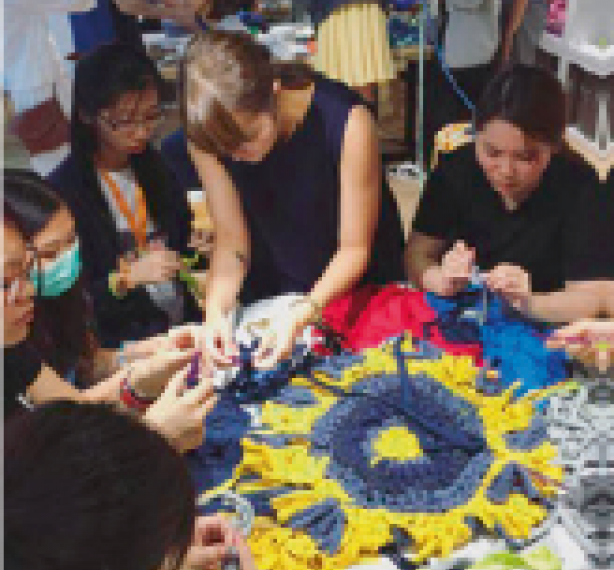
Latest News | 1 January 2023
Sustainability in Education
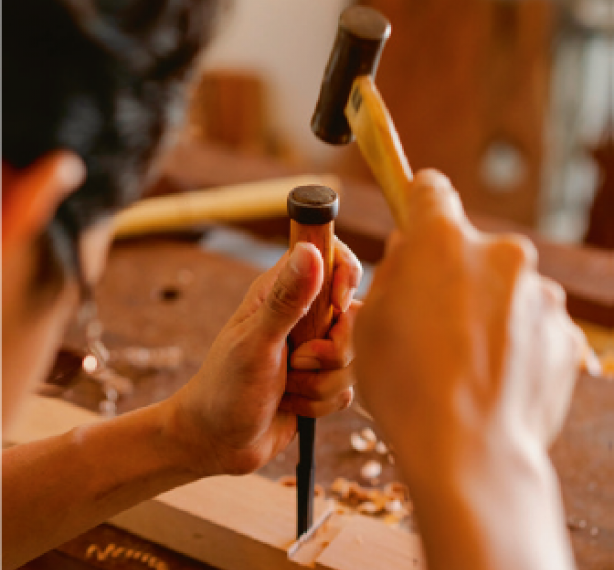
Latest News | 1 January 2023
The Tree Project Vision
Latest News | 1 January 2023
test
